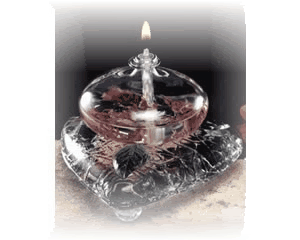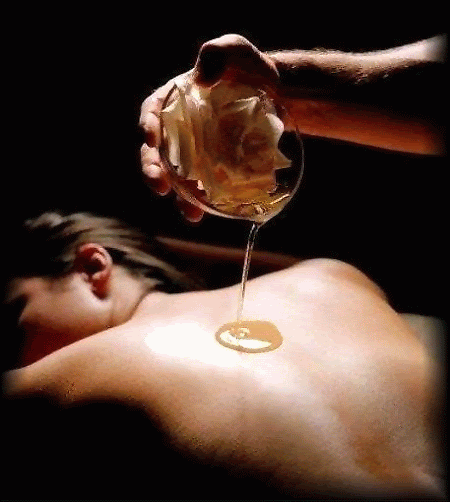KERATIN
CLICK PHOTOS FOR DESCRIPTION


 |  |  |
|---|---|---|
 |  |  |
 |  |  |
 |  |  |
 |  |  |
 |  |  |
 |  |  |
 |  |  |
 |  |  |







Hot Stone Massage:
If you have never experienced this unique indulgence, you owe yourself. This exquisite massage involves the application of water-heated smooth stones of varying sizes, which are placed on your body along with your massage therapist using them as a massage tool. The warm stones heat the muscle fibers, thus allowing you to receive a deep massage without excessive pressure. Come experience true relaxation.
Bamboo Massage:
A variety of smooth, handcrafted bamboo sticks are warmed and used by the therapist to knead and relieve your sore, tight muscles. It’s an innovative, deep-tissue technique that provides a deeply relaxing and healing experience.
Aromatherapy is a form of alternative medicine that uses plant materials and aromatic plant oils, including essential oils, and other aromatic compounds for the purpose of altering one's mood, cognitive, psychological or physical wellbeing.[1] Aromatherapists, who specialise in the practice of aromatherapy, utilise blends of therapeutic essential oils that can be issued through topical application, massage, inhalation or water immersion to stimulate a desired response.
Some essential oils such as tea tree[2] have demonstrated anti-microbial effects, but there is still a lack of clinical evidence demonstrating efficacy against bacterial, fungal, or viral infections. Evidence for the efficacy of aromatherapy in treating medical conditions remains poor, with a particular lack of studies employing rigorous methodology,[3] but some evidence exists that essential oils may have therapeutic potential.






ISwedish Massage:
As the best-known type of bodywork performed today, one of the primary goals of the Swedish massage technique is to relax the entire body. This is accomplished by rubbing the muscles with long gliding strokes in the direction of blood returning to the heart. A Swedish massage is exceptionally beneficial for increasing the level of oxygen in the blood, decreasing muscle toxins, improving circulation and flexibility while easing tension.
Therapeutic Massage:
-
Focusing on individual concerns, this restorative treatment emphasizes relief in specific areas of the body. Various techniques, including more intense pressure, address common areas of chronic tension often caused by postural and muscular strength imbalances.



This deep tissue technique is a gliding stroke used in Swedish massage and facials. Effleurage can take place over large surfaces (the back, arms, legs, chest) or small surfaces (the face, throat and hands). The pressure and speed of effleurage varies based on the area and what the massage therapist or esthetician is trying to achieve.
There are two types of effleurage -- superficial and deep. Superficial effleurage uses a light touch and is very soothing. This is the kind of pressure you get at the beginning and end of the massage. This gentle pressure gets you accustomed to the therapist's touch, and prepares you for the end of the massage. It is also used between other strokes to clear the area and soothe the intensity of deeper strokes.



A massage therapist generally applies massage oil using superficial effluerage, a hand-over-hand gliding movement.
Deep effleurage, or deep gliding, uses more pressure, stretching and broadening the muscle tissue and fascia. Deep effleurage follows the direction of the muscle tissue. Generally the movement is towards the heart, with the return stroke being much lighter and away from the center of the body. It warms up the muscle tissue, preparing it for even deeper, more focused massage.
If the practitioner uses too much force during effleurage, the body will tighten up protectively. So be careful about asking therapist to "go deeper", even with deep tissue massage.





-
Relax and let your senses enjoy this blissful massage. This treatment utilizes essential oils derived from plants and flowers, providing unparalleled pampering and relaxation.





Effleurage
How Does It Work? Techniques
When there is chronic muscle tension or injury, there are usually adhesions (bands of painful, rigid tissue) in muscles, tendons, and ligaments. Adhesions can block circulation and cause pain, limited movement, and inflammation.
Deep tissue massage works by physically breaking down these adhesions to relieve pain and restore normal movement. To do this, the massage therapist uses massage oil and often uses direct deep pressure. Muscles must be relaxed in order for the therapist to reach the deeper musculature.
Deep tissue massage usually focuses on a specific problem, such as chronic muscle pain, injury rehabilitation and the following conditions: Lower back pain Limited mobility
Recovery from injuries (e.g. whiplash, falls, sports injury )
Precautions
Massage is not recommended for certain people:
With Infectious skin disease, rash, or open wounds
Immediately after surgery
Immediately after chemotherapy or radiation, unless recommended by your doctor
People with osteoporosis should consult their doctor before getting a massage
If you are prone to blood clots. There is a risk of blood clots being dislodged. If you have heart disease, check with your doctor before having a massage
Pregnant women should check with their doctor first if they are considering getting a massage. Massage in pregnant women should be done by massage therapists who are trained in pregnancy massage.
Massage should not be done directly over bruises, inflamed skin, unhealed wounds, tumors, abdominal hernia, or areas of recent fractures
What Can I Expect During My Visit?
Massage therapists may use fingertips, knuckles, hands, elbows, and forearms during the deep tissue massage.
You may be asked to breathe deeply as the massage therapist
works on certain tense areas.



THE HEARTS RATE IS BETTER WITH GREAT CIRCULATION

Deep Tissue Massage:
This technique focuses on the deeper layers of muscle tissue. It aims to release the chronic patterns of tension in the body through slow strokes and deep finger pressure on contracted areas.





